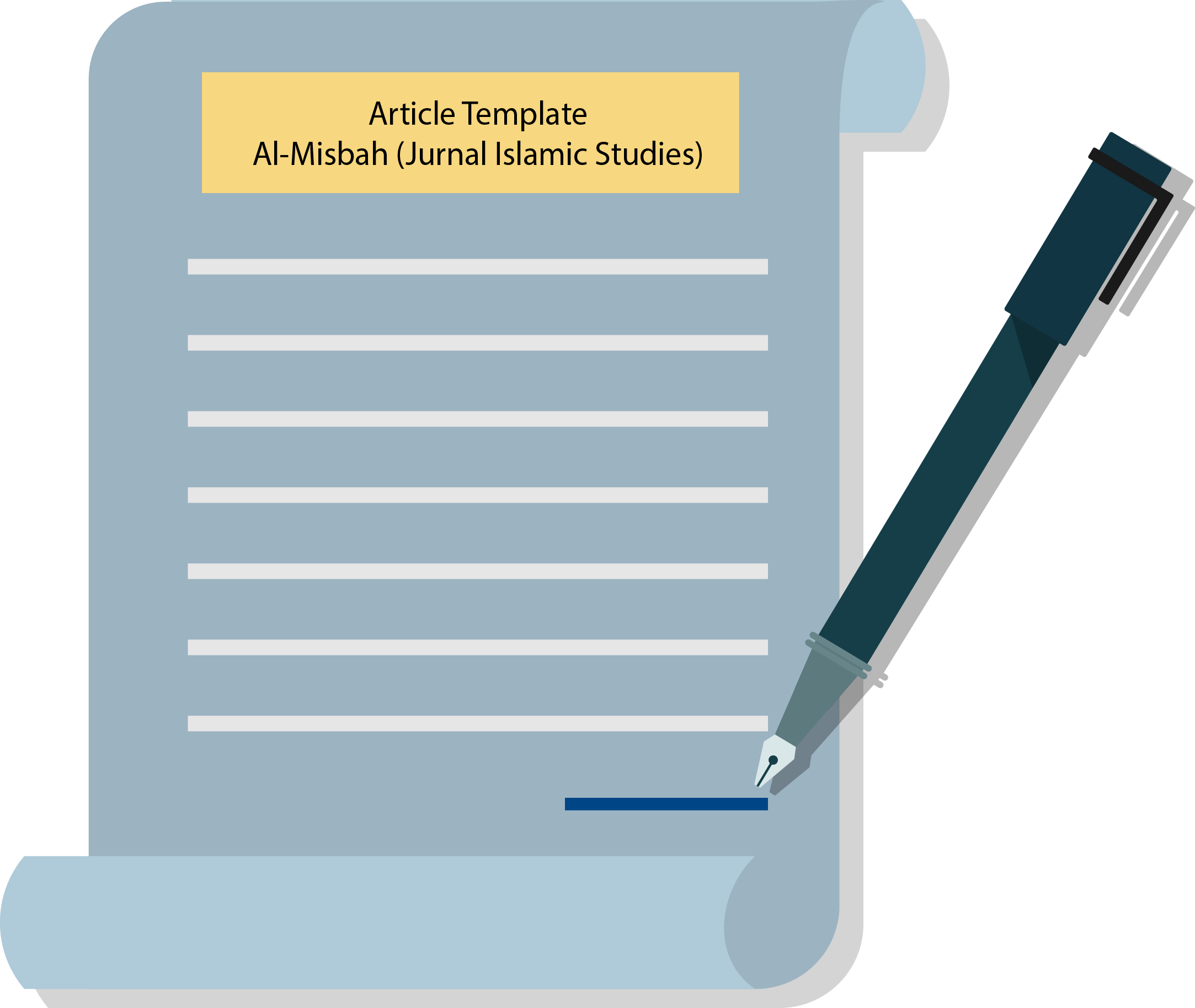Emancipation of Islamic Women in the Novel Ta'allamat Al-Hubb by Nawal As-Sa'dawiy according to Qasim Amin's Theory
DOI:
https://doi.org/10.26555/iwp.v2i1.8732Abstract
This study aims to examine the element of women's emancipation in the novel Tallamat al-Hubb by Nawal As-Sa'dawiy. This study uses Qasim Amin's theory of Islamic Women's emancipation which divides the emancipation element into five aspects, namely the education aspect, the female aspect, the hijab aspect, the marriage aspect and the divorce aspect. This study uses qualitative descriptive methods with an Islamic literary approach to analyze the elements of Islamic women's emancipation contained in the novel. The results of this study are five aspects of women's emancipation in the novel Tallamtu al-Hubb by Nawal As-Sa'dawi. In the education aspect, there are 11 data that describe female figures who are given the right to be educated, go to school, excel and take higher education at the medical faculty. In the female aspect, there are 12 data that describe the work and profession of a woman who becomes a doctor in a hospital. In the aspect of hijab, there is 1 data that illustrates that in Arab countries apply hijab for women and must cover the aurat. While the aspect of marriage 7 data that explains that marriage is a sunnah of the prophet Muhammad and Allah's command to unite two humans so that both become halal. And the aspect of divorce 1 data is a picture of a woman can choose a partner and divorce if she feels deceived or forced then no one can force her to marry someone she doesn't like.
Downloads
Published
Issue
Section
License
Copyright (c) 2023 Ferawati, Saifullah Syamsuddin, Muhammad Syukri Abdurrahman

This work is licensed under a Creative Commons Attribution-ShareAlike 4.0 International License.
Authors who publish with Islam in world perspectives agree to the following terms:
- Authors retain copyright and grant the journal right of first publication with the work simultaneously licensed under a Creative Commons Attribution License (CC BY-SA 4.0) that allows others to share the work with an acknowledgment of the work's authorship and initial publication in this journal.
- Authors are able to enter into separate, additional contractual arrangements for the non-exclusive distribution of the journal's published version of the work (e.g., post it to an institutional repository or publish it in a book), with an acknowledgment of its initial publication in this journal.
- Authors are permitted and encouraged to post their work online (e.g., in institutional repositories or on their website) prior to and during the submission process, as it can lead to productive exchanges, as well as earlier and greater citation of published work.

This work is licensed under a Creative Commons Attribution-ShareAlike 4.0 International License.


